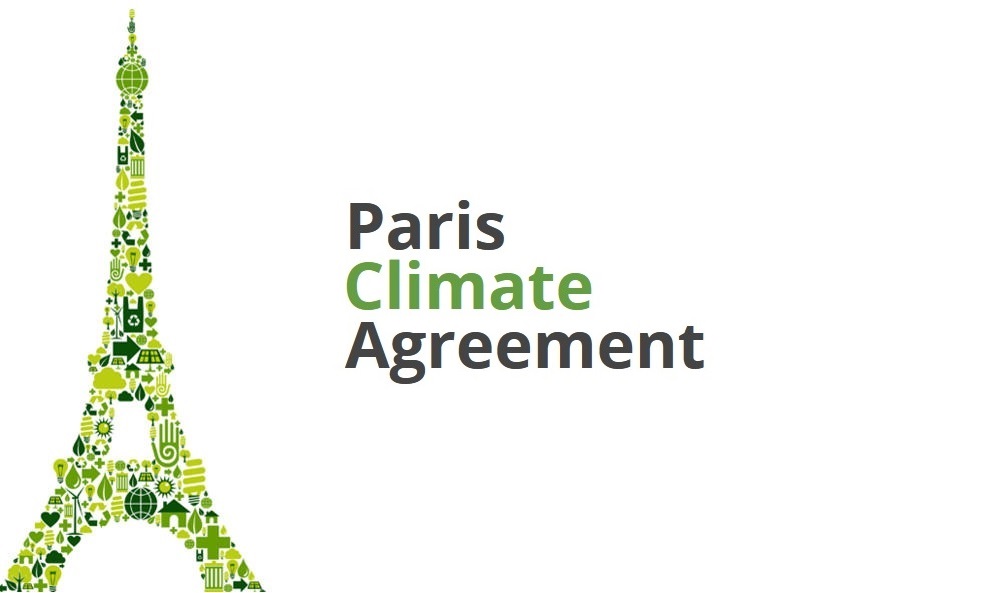THE PARIS AGREEMENT
WHAT IS PARIS AGREEMENT?
The Paris Agreement is a legally binding international treaty on climate change. It was adopted by 196 Parties at COP 21 in Paris, on 12 December 2015, and entered into force on 4 November 2016. Limit the global temperature increase in this century to 2 degrees Celsius while pursuing efforts to limit the increase even further to 1.5 degrees.
HOW DOES THE PARIS AGREEMENT WORK?
Today, 193 Parties (192 countries plus the European Union) have joined the Paris Agreement with the goal of reducing their emissions and working together to adapt to the impacts of climate change. The Agreement provides a pathway for developed nations to assist and adaptation efforts for the transparent monitoring & reporting of climate goals
EFFECTS OF CLIMATE CHANGE
Intense Droughts
Water Scarcity
Severe Fires
Rising Sea Levels
Flooding
Melting Polar Ice
Catastrophic Storms
Declining Biodiversity
THE PROCESS OF THE PARIS AGREEMENT
The Paris Agreement works on a 5- year cycle of increasingly ambitious climate action carried out by countries. Implementation of the Paris Agreement requires economic and social transformation, based on the best available science. By 2020, countries submit their plans for climate action known as nationally determined contributions (NDCs).
MAIN GOAL OF THE PARIS AGREEMENT
In their NDCs, countries communicate actions they will take to reduce their greenhouse gas emissions in order to reach the goals of the Paris Agreement. Countries also communicate in the NDCs actions they will take to build resilience to adapt to the impacts of rising temperatures.
KEY ELEMENTS OF THE PARIS AGREEMENT
Long-term temperature goal
Climate neutrality
Sinks and reservoirs
Voluntary cooperation
Adaptation
Finance, technology
Climate change education
Transparency
Global Stocktake
EFFECT OF THE PARIS AGREEMENT
Although climate change action needs to be massively increased to achieve the goals of the Paris Agreement, the years since its entry into force have already sparked low-carbon solutions and new markets. More and more countries, regions, cities, and companies are establishing carbon neutrality targets. Zero-carbon solutions are becoming competitive across economic sectors representing 25% of emissions. This trend is most noticeable in the power and transport sectors and has created many new business opportunities for early movers. By 2030, zero-carbon solutions could be competitive in sectors representing over 70% of global emissions.
ADVANTAGES OF THE PARIS AGREEMENT
Economic benefits
Millions of new jobs
Fewer costly climate disasters
Less air pollution
Immense energy savings
Fewer investment risks
Written by
F.M.ASLIM
K.R.D.H.BANDARA
D.S.D.DHARMASIRI



Comments
Post a Comment